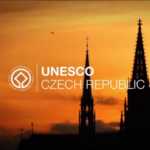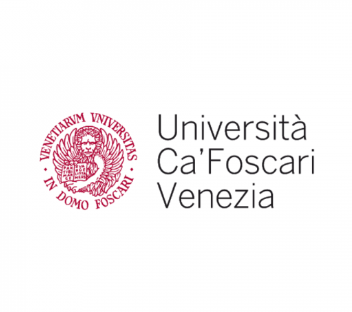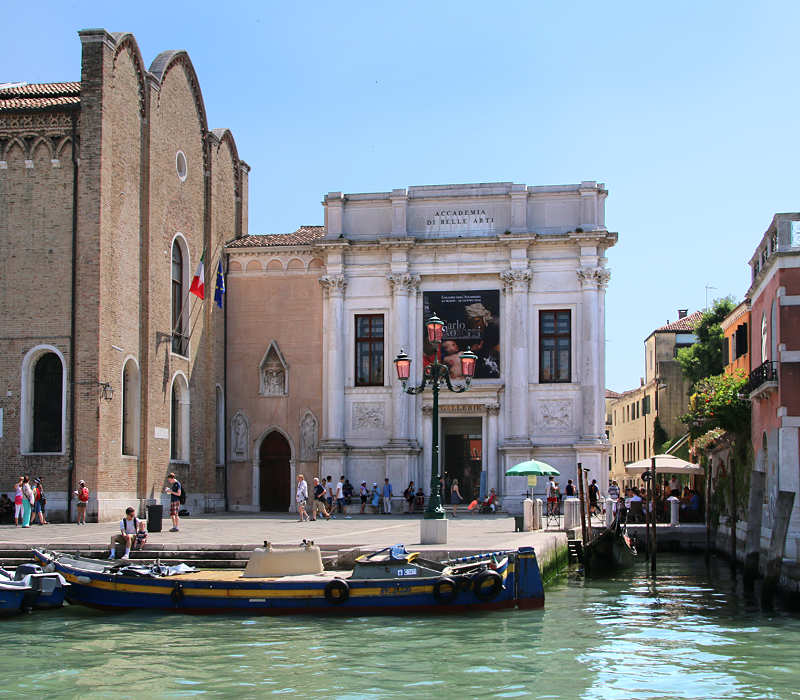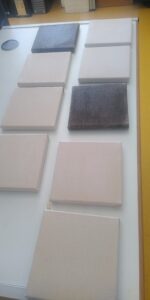Keeping the Right Climate in Museums to Protect Art and Save Energy
Museums carefully monitor indoor temperature and humidity to protect their valuable collections. The goal is to keep conditions stable so that artworks and artifacts don’t deteriorate over time.
Traditionally, museums have set very strict temperature and humidity limits. However, these strict rules may not always be necessary and relaxing them slightly could save a lot of energy and money without harming the collections.
The problem is that many conservators hesitate to allow wider temperature and humidity ranges because there isn’t enough clear evidence of what changes produce actual damage in artworks. Without a simple way to assess the risks, they prefer to stay cautious.
Meanwhile, museums spend big amounts of energy and money on climate control systems. For example, research has shown that increasing the acceptable humidity range from ±2% to ±7% could cut energy costs by 55%. In large museums like the Louvre, energy expenses can reach €10 million per year. With energy prices rising,resources becoming scarcer and Climate Change having more acute effects in our environment, finding smarter ways to manage climate control is more important than ever.
In short, museums need better, science-backed guidelines to balance art preservation with energy efficiency, helping protect both cultural heritage and the planet.
This project has two main goals:
1. Characterize Past Climate Conditions – Collect historical data on temperature (T) and relative humidity (RH) in museums to understand how these factors have affected artworks over time, and what type of fluctuations objects can actually resist.
2. Study Material Aging – Analyze (using analytical chemistry techniques) how T and RH actually impact different materials in artworks, helping us predict and prevent damage.
By combining this knowledge, we aim to help museums manage their energy use more efficiently while still protecting their collections—especially as climate change makes environmental control even more challenging.
In short, we want to find the best balance between preserving art and reducing energy costs, ensuring museums can adapt to a changing world.
This Project has as partners 4 Museums Gallery of Academia of Venice, Český Krumlov Castle , Historical Museum of Oslo and the Viking Museum of Oslo.
Expanding the Impact: Training Museum Professionals and Students
By the end of the project, we aim to broaden the use of our methodology by training museum professionals—not just those from our partner institutions but also experts from other museums. The goal is to help them optimize energy use while safeguarding their collections.
In short, we’re not just developing tools—we’re empowering museums to use them effectively, combining preservation with energy efficiency.

Academic Partners

Gallery of Academia of Venice (GAV)

Český Krumlov Castle (CKC)

Historical Museum of Oslo (HMO)

Viking Museum of Oslo (VM)

National Heritage Institute of Czech Republic (NHI)
Secondments

Ca’Foscari University Isadora Antoniano Villalobos
Non Academic Placement

Gallery of Academia of Venice (GAV)
About Paola Lucero-Gomez

For over a decade, Dr. Lucero has dedicated her career to unlocking the chemical secrets of cultural preservation. Since the beginning of her doctoral studies at Avignon University in 2009, she has become an expert in analyzing artistic and archaeological materials - from ancient resins and dyes to oil paintings and even pre-Columbian cacao artifacts.
Her research took a significant leap in 2018 when she joined Ca' Foscari University of Venice. There, she pioneered two groundbreaking approaches:
1. Developing innovative methods to monitor museum microclimates
2. Establishing connections between historical climate patterns and collection preservation.
Now at Palacký University Olomouc since 2021, Dr. Lucero's expertise was recognized with the prestigious Marie Curie Fellowship in 2023. This honor supports her current role as principal investigator of the SMARTMUS-e project, where she continues to bridge chemistry and conservation for smarter museum practices.
My relevant publications
A Comprehensive and Systematic Diagnostic Campaign for a New Acquisition of Contemporary Art—The Case of Natura Morta by Andreina Rosa (1924–2019) at the International Gallery of Modern Art Ca’ Pesaro, Venice
Piccolo, A, Bonato, E., Falchi, L., Lucero-Gómez, P., Barisoni, E., Piccolo, M., Balliana, E., Cimino, D., Izzo, F.C.
Heritage
Volume 4 (2021), 4372-4398
Abstract: In this work a campaign of diagnosis using mainly non destructive techniques: IRTF, Raman, photography with filters, hyperespectral imaging, FORS and GC-MS was undertake to analyze one iconoc work from the Ca’Pesaro collection in Venice. Hyperespectral and photographic techniques were able to detect an underdrawing, while GC-MS allowed the precise identification of the binder, IRTF and Raman allowed the characterization of the pigments.
Keywords: Andreina Rosa; heritage science; modern oil painting; conservation; oxalates; GC-MS; Hyperspectral Imaging Spectroscopy; FORS; ER-FTIR; degradation.
60 years of street art: a comparative study of the artists’ materials through spectroscopic and mass spectrometric approaches
Jacopo La Nasa*, Campanella, B., Sabatini, F., Rava, A., Shank, W., Lucero-Gomez, P., De Luca, D., Legnaioli, S., Palleschi, V., Colombini, M.P., Degano, I., Modugno, F.
Journal of Cultural Heritage
Volume 48 (2020), 129-140
Abstract: In this work several mural from contemporary artist were analysed, the molecular characterization was based mainly using Py/GC-MS analysis. This work traces back the evolution in the formulation of commercial paintings from the 50’s to our times with a detailed characterization of binders but also additives that can play a major role in the conservation or the degradation of an artwork.
Keywords: Mural painting, contemporary art, Py/GC-MS
An analytical strategy based on Fourier transform infrared spectroscopy, principal component analysis and linear discriminant analysis to suggest the botanical origin of resins from Bursera
Application to archaeological Aztec Samples
Pina-Torres, C., Lucero-Gómez*, P., Nieto, S., Vázquez, A., Bucio, L., Belio, I., Vega, R., Mathe, C., Vieillescazes, C.
Journal of Cultural Heritage
Volume 33 (2018), 48-59
Abstract: In this work I was for the first time corresponding author. This research presents the results from the analysis of triterpenic resins using IRTF and principal component analysis. This approach showed an ability of discrimination for the botanical origin of resins, similar to that of GC/MS analysis. The advantage of the IRTF/PCA approach is that is much faster and cheaper than the GC-MS approach.
Keywords: Mural painting, contemporary art, Py/GC-MS
Analysis of Mexican reference standards for Bursera spp. resins by Gas Chromatography–Mass Spectrometry and application to archaeological objects
Lucero-Gómez, P., Mathe, C., Vieillescazes*, C., Bucio, L., Belio-Reyes, I., Vega-Aviña, R.
Journal of Archaeological Science
Volume 41 (2014), 679-690
Abstract: This research present the results of an interdisciplinary research in the field of botany, chemistry and archaeology. Seven species of Bursera were selected, and resins from several threes of each specie were sampled in the forest. Then GC-MS characterization of the resins was performed, and molecular markers for each resin specie were identified. Finally, the molecular profile of archaeological samples was compared to that of modern materials, and a correlation to the botanical origin of archaeological samples was established.
Keywords: FTIR, botanical origin, secondary metabolites, natural resins, Bursera spp.
Archaeobotany: HPLC molecular triterpenic profiles for the discrimination of the botanical origin of copal in Mesoamerica. Application to the study of resins from objects from Aztec offerings
Lucero-Gómez, P., Bucio, L., Belio-Reyes, I., Vega-Aviña, R., Mathe, C., Vieillescazes, C.
Archéometrie Journal of GMPCA
Volume 36 (2014), 20-30
Abstract: In this work the resins from 7 species of bursera were analysed using liquid chromatography, These technique has been used very sporadically in the characterization of natural resins. This work show that a precise molecular profile could be distinguish according to the botanical origin of the sample. One drawback of this technique is that it is more expensive than GC-MS and requires a higher mass of sample for the analysis.
Keywords: Molecular profiles, GC-MS, Aztec offerings, natural resins.



